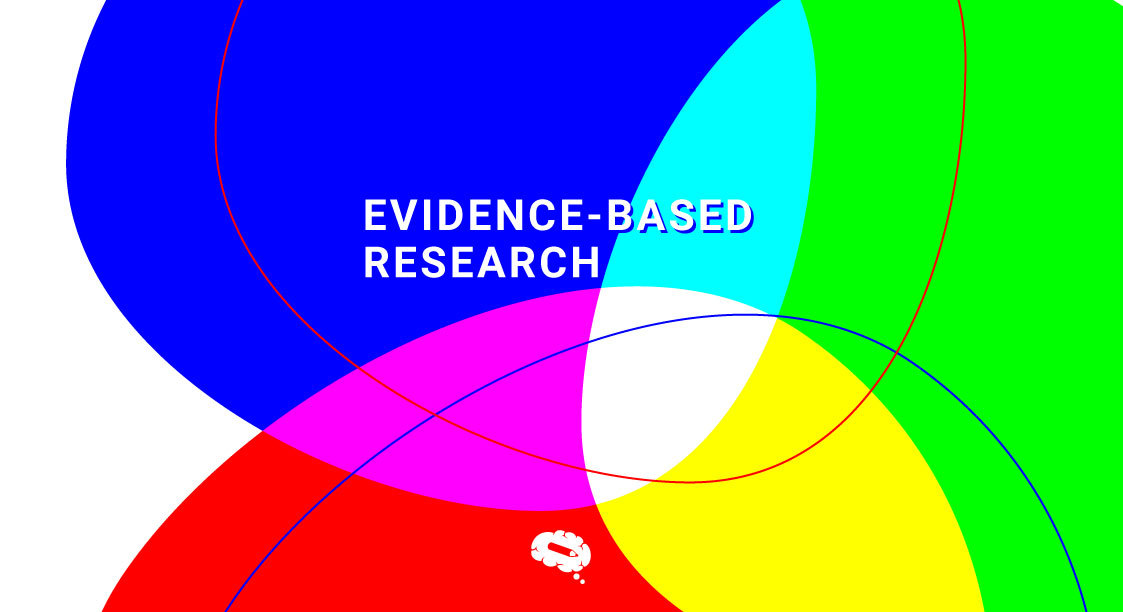Scientists work hard to advance their areas, and their growth and accomplishments can be recognized in several ways. The time, effort, and energy engaged in science research require continual support to assure funding and eventual development in a particular area.
The patent system encourages innovation and information exchange while protecting the rights of scientists from third parties that want to copy others’ work.
Since there is always the possibility of “reinventing the wheels” in the field of research and development, obtaining patent protection might be one of the most important tactics for protecting your intellectual property.
Mind The Graph will walk you through how to do patent research quickly and efficiently in this article.
What is a patent and what can be patented?
A patent is a governmental authority’s grant of a property right to an inventor. In return for a thorough disclosure of the invention, the inventor receives exclusive rights to the patented process, design, or invention for a certain length of time.
Patent applications are normally handled and approved by government entities. The U.S. Patent and Trademark Office (USPTO), which is part of the Department of Commerce, examines applications and provides approvals in the United States.
Given that patents are legal documents issued by the federal government, particular criteria must be fulfilled when assessing if a product or invention is patentable. The patent document is an official record that includes detailed information about specific inventions.
This document must be thorough for someone in the same field to be able to recreate the invention step by step, which is why inventors must offer full disclosure of their creations.
Aside from thorough disclosure, three requirements must be met for an invention to be given a patent:
- Useful: It must serve a meaningful purpose.
- New: It must be brand new.
- Non-obvious: It must be drastically distinct from anything we may have.
Nearly anything can be patented. Machines, pharmaceuticals, computer programs, machine-made products, compositions, chemicals, biogenetic materials, and processes.
However, because an idea cannot be patented, the following items are still ineligible for patent: mathematical formulas, inventions having illegal objectives, natural laws, procedures involving exclusively physical activity, and many more.
Be recognized by stunning science visuals
Having Mind the Graph by your side as an ally is a great strategy to build a renowned reputation in the academic field. Bring your work into the spotlight with stunning creations and be recognized by your audience.
Why do you need to do patent research?
Furthermore, patenting your research discoveries allows you to profit from the idea and receive financial compensation. As a result, researchers must delay publication until a patent application is filed.
Types of patent
An inventor may seek one of three types of patents:
- A design patent is granted to anybody who creates a novel and non-obvious decorative design for a manufactured object.
- A plant patent, as the name indicates, is granted to anybody who has developed, discovered or reproduced any different and new type of plant.
- A utility patent is granted for a new and useful process, machine, manufacture, or composition of matter, or any new and useful improvement for one of the mentioned.
How to do patent research in 7 simple steps
1. Look up where you should apply in your country
For the United States, look up the United States Patent and Trademark Office. Also, conduct extensive research to see whether your invention has been already patented.
2. Hire a patent attorney
The application procedure may be greatly simplified with the assistance of an expert attorney, who can also assist you in avoiding costly mistakes.
3. Determine the type of patent you will need
Do you require a patent for a utility, design, or plant? This is the first question that must be addressed.
4. File for a provisional patent
This adds an extra degree of security in case someone claims they had the idea before you.
5. Collect data for your official application
You’ll need to write a very thorough specification that contains an abstract, background, summary, full description, and conclusion, which should cover the implications and scope. In addition, you’ll need to establish the legal scope of your patent. That’s why it’s so important to hire a specialized attorney.
6. Finish and double-check your official application
A patent application typically takes between one-three years to process. You don’t want it denied because of unneeded or minor faults, so make sure you get it correctly the first time.
7. Take an active role in the patenting process
Your case will be assigned to one patent examiner. If you get mail or requests from them, make sure to answer as quickly as possible.
Scientific representations ready within minutes
Using Mind The Graph you can create illustrations and infographics in minutes and browse through 65,000+ scientifically accurate images in 80+ prominent scientific fields.

Subscribe to our newsletter
Exclusive high quality content about effective visual
communication in science.




